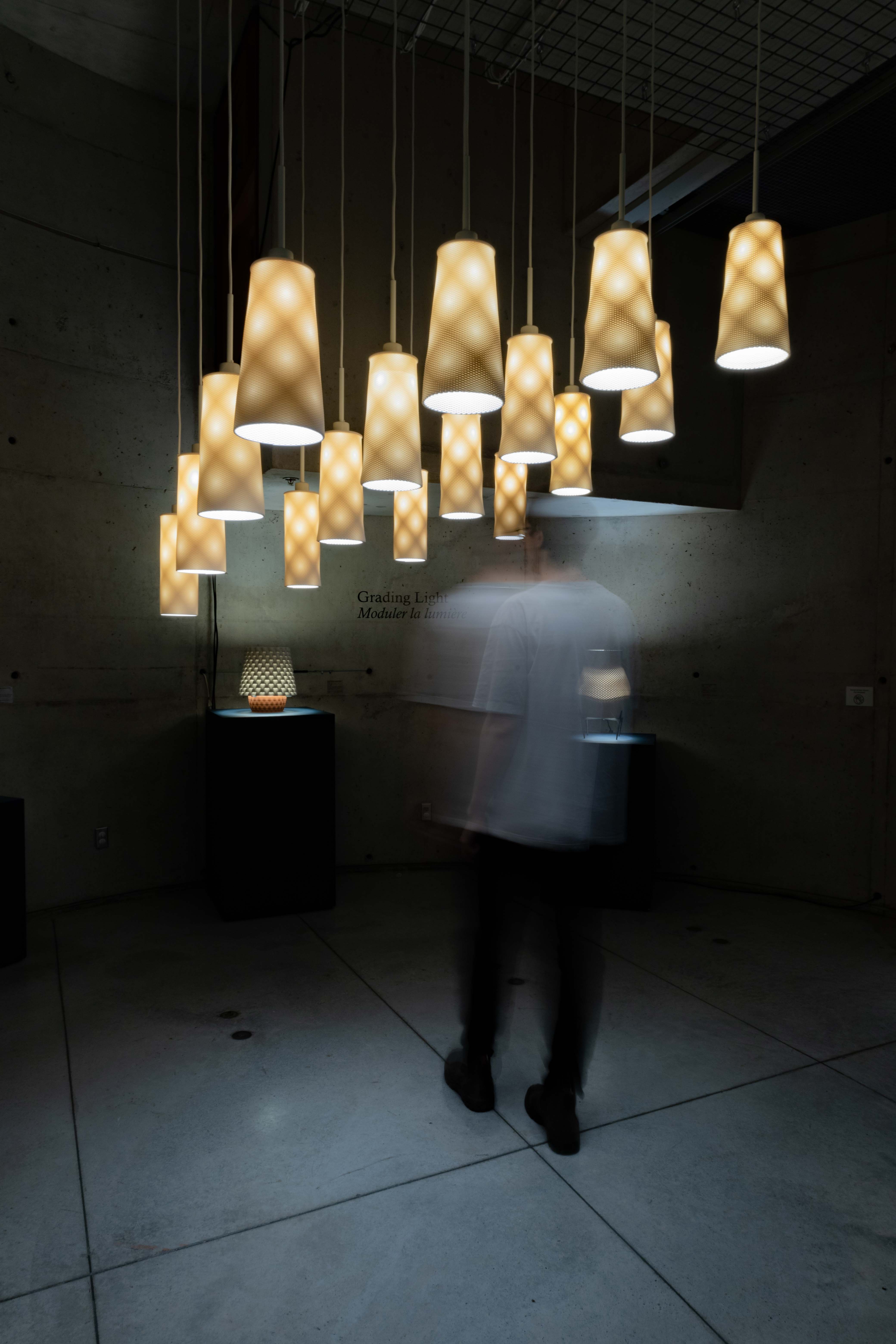
In any form of craft, there is an exchange that happens between the maker and the material by way of a maker’s tools. Digital craft is no exception. OCH Works began as a design collaboration between Isabel Ochoa and James Clarke-Hicks in 2017. Over the course of the past four years, we have developed a set of methods for sculpting high-fired porcelains with ceramic 3D printers. Our practice sits at the intersection of digital fabrication and ceramic craft. As part of our current research, we are exploring how material deformation can affect the behavior of light scattering in ceramics that have been digitally crafted. This is an account of why we came to build our own tools to meaningfully engage both physically and digitally with a notoriously capricious material.
Despite the pervasiveness of ceramics in human history, the integration of 3D printing in ceramic craft is highly contemporary. When fired, ceramics have the ability to resist water, heat, and pressure and can take on almost any kind of finish. Porcelain, which we are particularly interested in, has the ability to transmit, reflect, and diffuse light. The catch is that sagging, warping, shrinking, and cracking are common by-products of modeling, drying, and firing clay. The moisture that increases clay's workability threatens its ability to retain its geometry during wet processing. So, over millennia, ceramists have designed tools for working with clay that stabilize its shape – think wheel-throwing, slip-casting, extrusion, and plastic pressing. Extruded clay bricks, slip-cast clay tiles, and wheel-thrown clay vessels are ubiquitous in the history of our built environment. With a single piece of formwork, formative methods of craft can yield hundreds or thousands of identical clay components. While artists have mastered hands-on engagement with the material, technological advances in the world of ceramic craft have – like most fields post-industrial revolution – favored mass manufacturing. Though, if there is one thing that clay 3D printing is terrible at, it's mass production. It's unsurprising that, although additive manufacturing has been around since the 1980s, clay 3D printing has only been adopted by ceramists since the early twenty-first century.

